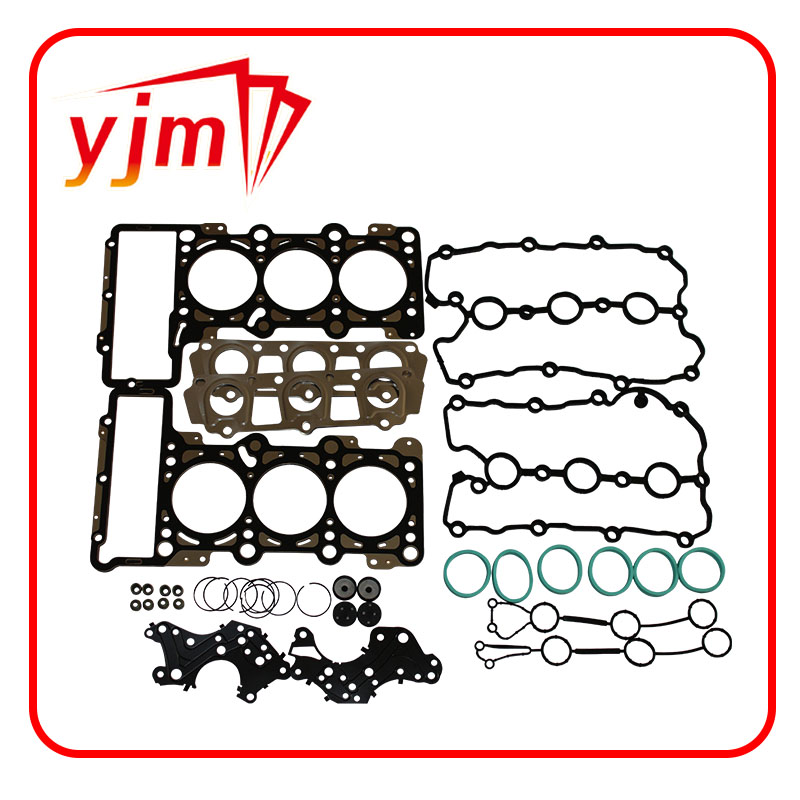Similar Oil Seal Specifications for Enhanced Performance and Compatibility Options
Understanding the Importance of the Oil Seal 25 40 7
In the world of mechanical engineering and automotive maintenance, components such as oil seals play a critical role in ensuring the efficient operation of machines and vehicles. Among these components, the oil seal designated as 25 40 7 deserves attention due to its specific dimensions and applications. This article will delve into the characteristics, functions, and uses of the oil seal 25 40 7, providing an insightful look at its significance in various mechanical systems.
What is an Oil Seal?
An oil seal, also known as a shaft seal, is a device used to prevent the leakage of lubricants, such as oil or grease, from inside a mechanical assembly. It serves a crucial role in protecting moving components from dirt, dust, and contaminants, which can lead to wear and damage over time. Oil seals are commonly made from materials such as rubber or rubber-like polymers, allowing them to maintain flexibility while providing a robust barrier against leakage.
Dimensions and Specifications
The designation 25 40 7 refers to the specific measurements of the oil seal a 25 mm inner diameter, a 40 mm outer diameter, and a 7 mm width. These dimensions are significant for their application in diverse mechanical systems. The inner diameter fits snugly around the shaft, while the outer diameter ensures a tight seal within the housing. The width contributes to the seal's capacity to withstand pressures and temperatures, making it versatile for different applications.
Functions of the Oil Seal 25 40 7
oil seal 25 40 7

The primary function of the oil seal 25 40 7 is to retain lubricant within a system while preventing external contaminants from entering. This is particularly important in machinery where lubrication is vital to reduce friction and wear between moving parts. By keeping the lubricant in and contaminants out, the oil seal helps maintain the efficiency of the machinery, prolonging its lifespan and reducing maintenance costs.
Additionally, oil seals also help manage pressure variations within a system. In many applications, pressure can fluctuate, and the presence of the oil seal helps to accommodate these changes without compromising the integrity of the seal. This makes it particularly useful in hydraulic systems, automotive engines, and gearbox assemblies.
Applications of the Oil Seal 25 40 7
The oil seal 25 40 7 finds extensive use across various industries. In automotive applications, it is commonly found in engines, transmissions, and differential systems, where it plays a vital role in ensuring the sealing of oil and preventing leaks that could lead to costly repairs. Its robust construction allows it to withstand the harsh conditions typical in automotive environments, such as high temperatures and exposure to various chemicals.
In industrial machinery, the oil seal is equally important. It is used in pumps, compressors, and gearboxes, where it protects critical components from contamination and maintains the necessary lubrication for smooth operation. Additionally, its applications extend to agricultural machinery, construction equipment, and even consumer appliances where reliable sealing is crucial.
Conclusion
In summary, the oil seal 25 40 7 is a small yet significant component that plays a crucial role in various mechanical systems across multiple industries. Its ability to retain lubrication while preventing the ingress of contaminants is fundamental to the performance and longevity of equipment. Understanding the importance of this component can aid engineers and technicians in making informed decisions regarding maintenance and repairs, ensuring machinery operates at its optimal performance. As industries continue to develop and evolve, the demand for reliable components like the oil seal 25 40 7 will undoubtedly persist, underlining its vital role in mechanical engineering.
-
Understanding the Front Main Engine Seal: Purpose, Maintenance, and Installation
News Jul.29,2025
-
Understanding O-Rings and Seal Rings: Types, Applications, and Custom Solutions
News Jul.29,2025
-
Understanding Crankshaft Oil Seals: Rear Seals, Pulley Seals, and Their Role in Engine Integrity
News Jul.29,2025
-
The Importance of Front and Rear Crankshaft Seals in Engine Performance and Oil Management
News Jul.29,2025
-
Crank Oil Seals: Functions, Types, and Cost Considerations in Engine Maintenance
News Jul.29,2025
-
A Comprehensive Guide to O-Rings and Seals: Types, Materials, and Global Applications
News Jul.29,2025
-
Mastering Diesel and Performance Engine Maintenance: A Guide to Critical Oil Gaskets
News Jul.28,2025
Products categories















